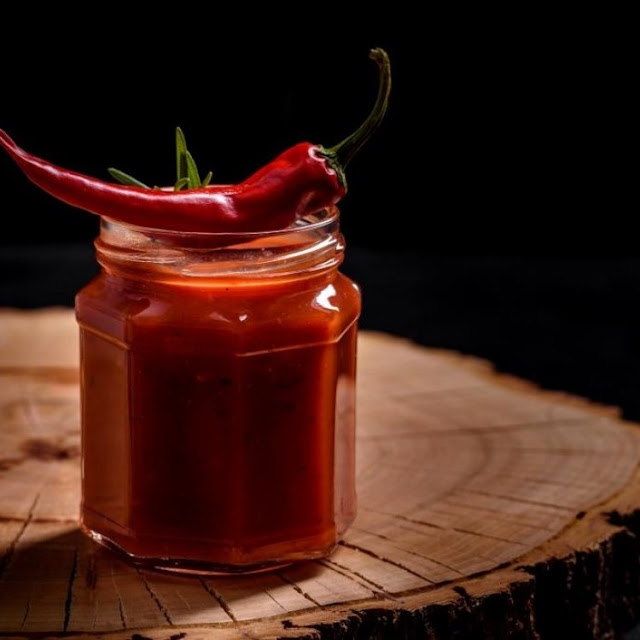Mastering a hot sauce recipe can seem difficult, especially since everyone's preferences vary when it comes to spiciness and flavor. However, with a bit of trial and error, anyone can create a hot sauce that suits their personal taste. Here are some tips to help you craft the perfect sauce:
1. Adding Heat:
Chili peppers are the backbone of hot sauces, and there are many different varieties to choose from, such as Habanero or Bhut Jolokia (Ghost Pepper), which are extremely hot and provide a strong punch. You can also use milder peppers like Jalapeño, Serrano, or Poblano, which still bring distinctive flavors but aren't as intense.
Note: Know the heat of your peppers using the Scoville Heat Scale, which measures the spiciness of chili peppers. This can help you adjust your sauce based on your preferred spice level.
Tip: Start by adding small amounts of chili and taste as you go to determine the right level of heat.
2. Adding Sweetness:
Fruits like pineapple, mango, blueberries, peaches, and others add sweetness and balance out the heat. You can also sweeten your sauce with honey, sugar, or maple syrup.
For a more natural sweetness, you can use ingredients like date syrup or agave nectar for a healthier, tastier option.
Tip: Add a little bit of fruit or sweetener at a time, then taste the sauce to adjust to your liking.
3. Adding Savory Flavor:
Onions and garlic are essential ingredients that give your sauce a savory depth. Onions typically make up 10-20% of the solid ingredients.
Spices like cumin, turmeric, and chili powder add additional depth and complexity. However, be careful not to overdo them, as they can quickly overpower the sauce.
Tip: Add spices gradually and start with small amounts, adjusting as needed to avoid making the sauce too complex.
4. Adding Liquids:
Vinegar is the primary liquid used in hot sauces, making up at least 50% of the sauce's liquid content. Common types of vinegar include apple cider vinegar and distilled white vinegar.
You can also experiment with fruit juices, such as pineapple juice, apple juice, or even lemon juice, to add extra flavor and modify the consistency.
Tip: Choose your liquid based on the flavor profile you want and the consistency of the sauce. You can always add more liquid if the sauce feels too thick.
5. Measuring and Recording:
It’s essential to measure your ingredients precisely. Whether you’re using weight or volume, keeping track of what you add is crucial for consistency in future batches.
Some people measure ingredients like two chopped onions, ten ounces of peppers, and one liter of vinegar. However, this may lead to inconsistency. Using ounces or milliliters is a more accurate method.
Tip: Keep notes on the ingredients and amounts used, especially if you add more liquids or spices while cooking. This will help you recreate the same sauce next time.
6. Testing and Adjusting:
After making your hot sauce, don’t forget to taste test it! Ask friends or family members how they feel about the flavor, heat, and overall balance. Do they taste specific ingredients, or is the heat too intense (or not spicy enough)?
Tip: Adjust the recipe based on feedback, and make note of any changes. This will help you improve your sauce over time.
By following these tips, you’ll be able to create a hot sauce that's not only spicy but also balanced and delicious. Happy cooking!


Post a Comment